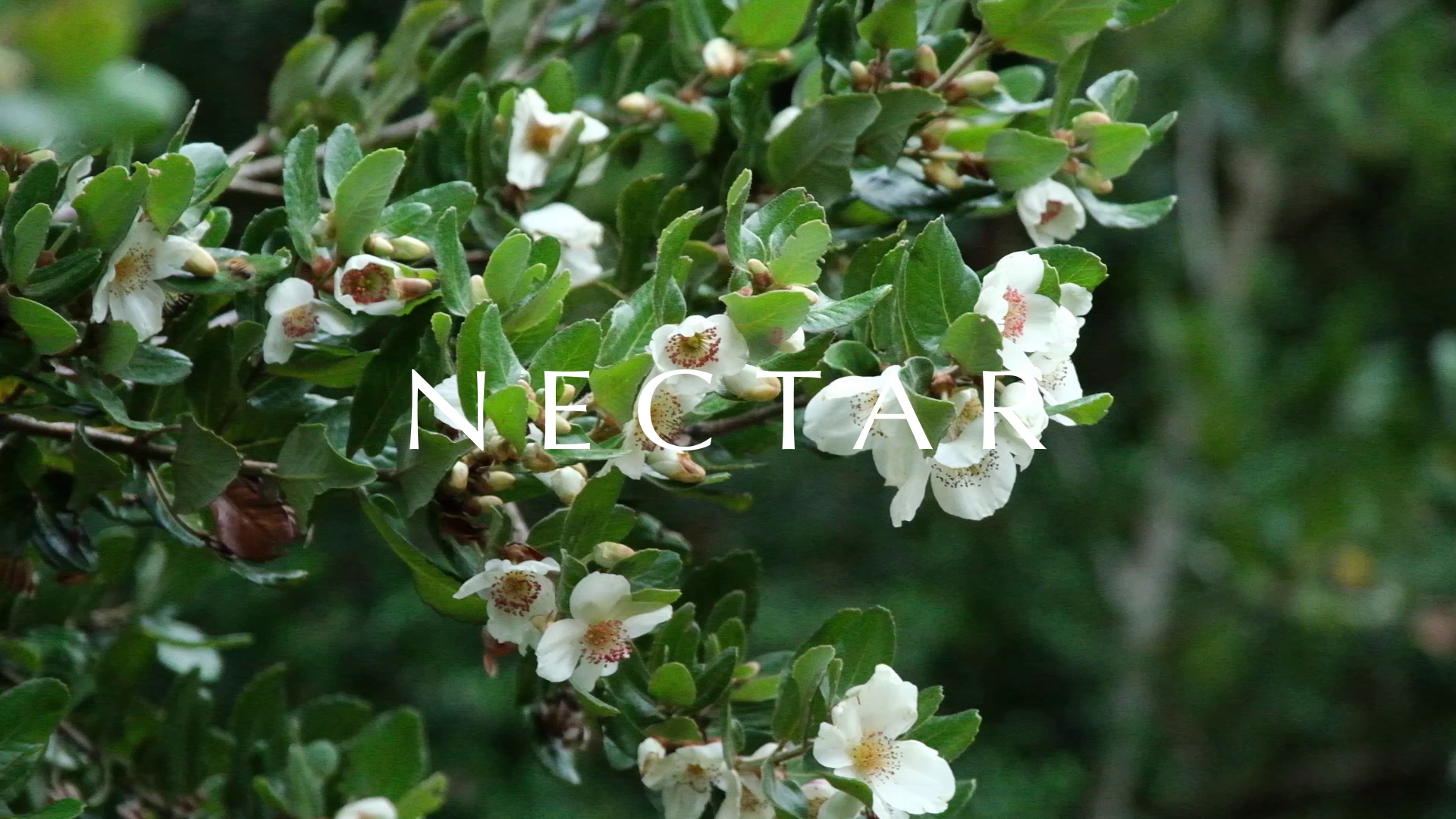Nectar
Nectar is the most important raw material for honey production,
It is produced by flowers to attract pollination.
Nectar and Pollen
Worker bees collect pollen from flowers, mix it with nectar and bee saliva, and then pack it into the honeycomb cells in the hive.
Pollen grains are specific; their shape and structure are genetically determined, allowing us to determine their botanical and geographical origin.
Being able to name honey according to its origin.
Pollen improves brain activity and intellectual capacity. It regulates the nervous system and mood. It improves the digestive system and helps regenerate intestinal flora.
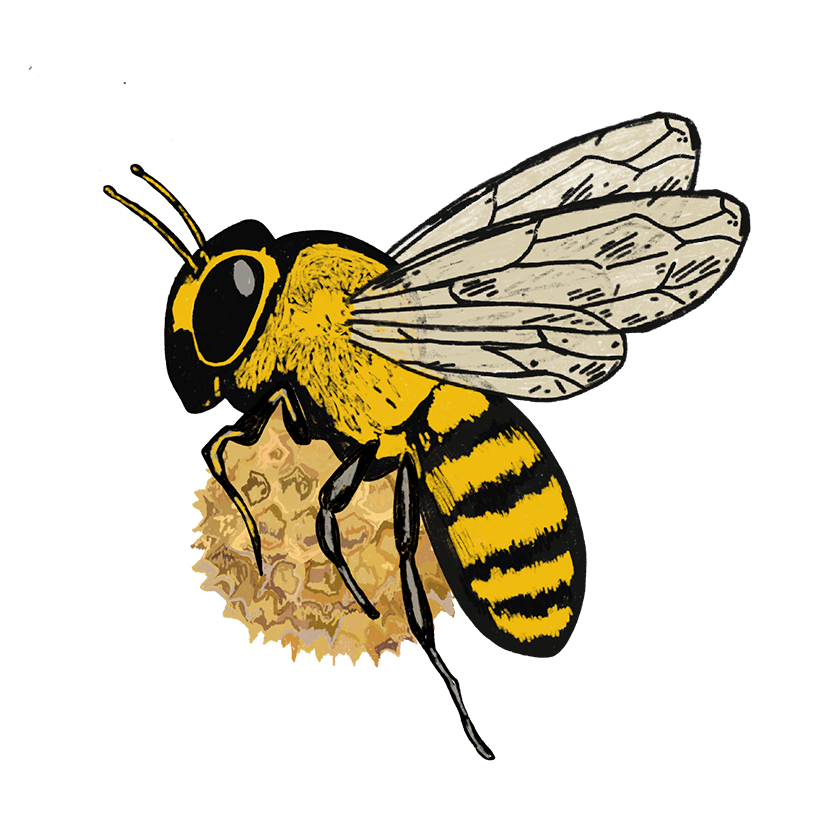
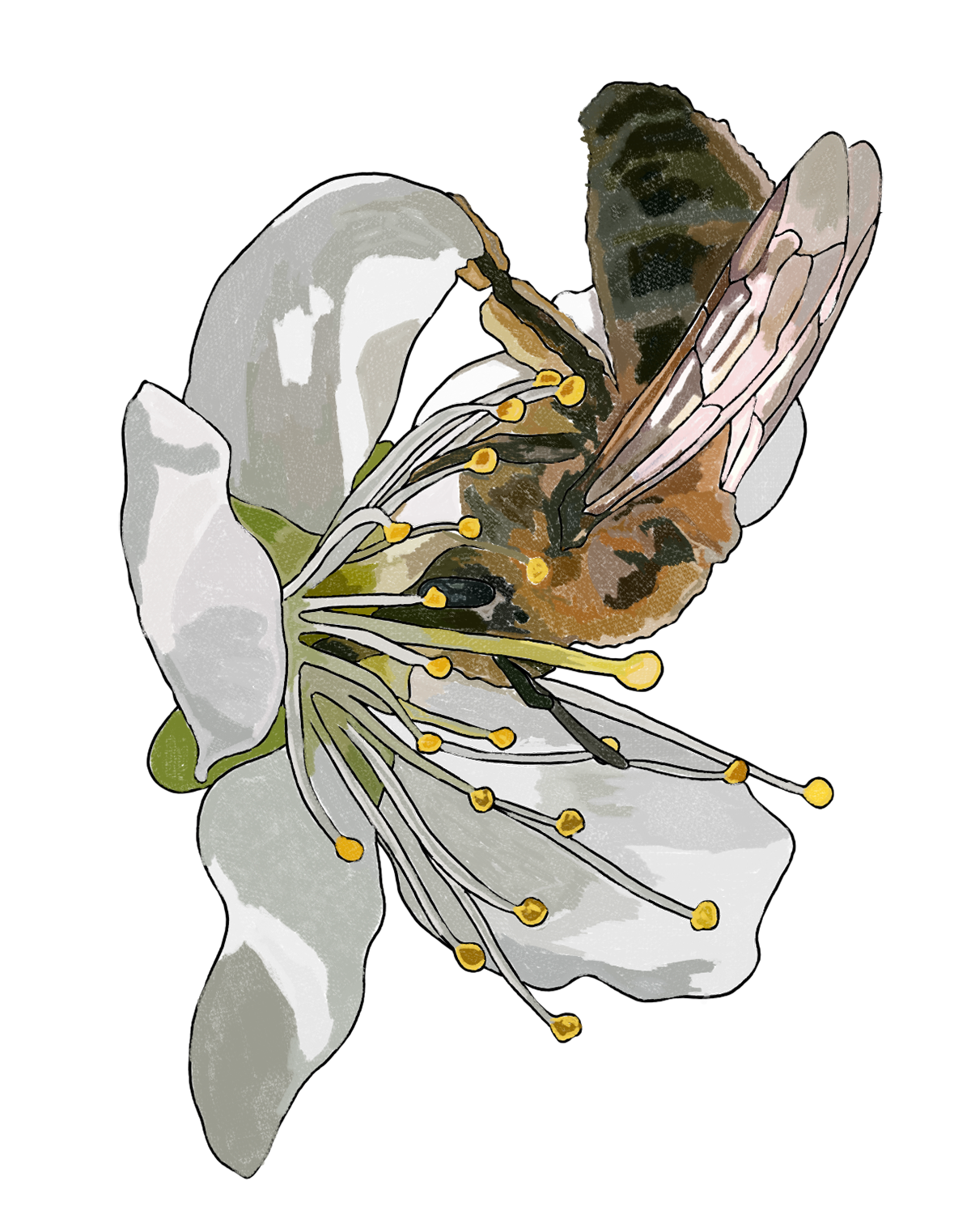
Bees and honey
Anthophiles, commonly known as bees, come from the Greek Anthophila, meaning "flower-loving." Bees help safeguard the biodiversity of ecosystems and maintain their balance.
One kilo of honey represents the work of 2,500 bees.
There are more than 20,000 species of bees, of which only 5 produce honey.
The Apis mellifera species is the best known.
Bees are synonymous with virtue and abundance. They have always enjoyed an excellent reputation. Since ancient times, the taste of their honey and their hard work have been admired. Bees are messengers between worlds; you can ask them to send a message to a loved one on whatever plane they are in.
They represent good luck, hope and good fortune.
Honey as a source of power
There's something truly poetic about honey, this alchemical elixir produced by bees that has been a part of human life since ancient times. Aside from its seductive color, it has superpowers that add to its charm.
Honey has an unusual chemical composition that keeps it fresh indefinitely without spoiling, as seen in jars recovered from Egyptian tombs.
Honey is particularly low in moisture and extremely acidic, making it an inhospitable territory for bacteria and microorganisms.
Honey has been used as a remedy for millennia. And since then, in addition to tasting delicious and being used to sweeten all kinds of foods, honey has also been used for healing.
It relieves coughs, improves memory, heals wounds, provides nutrients, prevents the decrease in white blood cells, kills antibiotic-resistant bacteria, can help metabolize alcohol, and is a great source of energy.
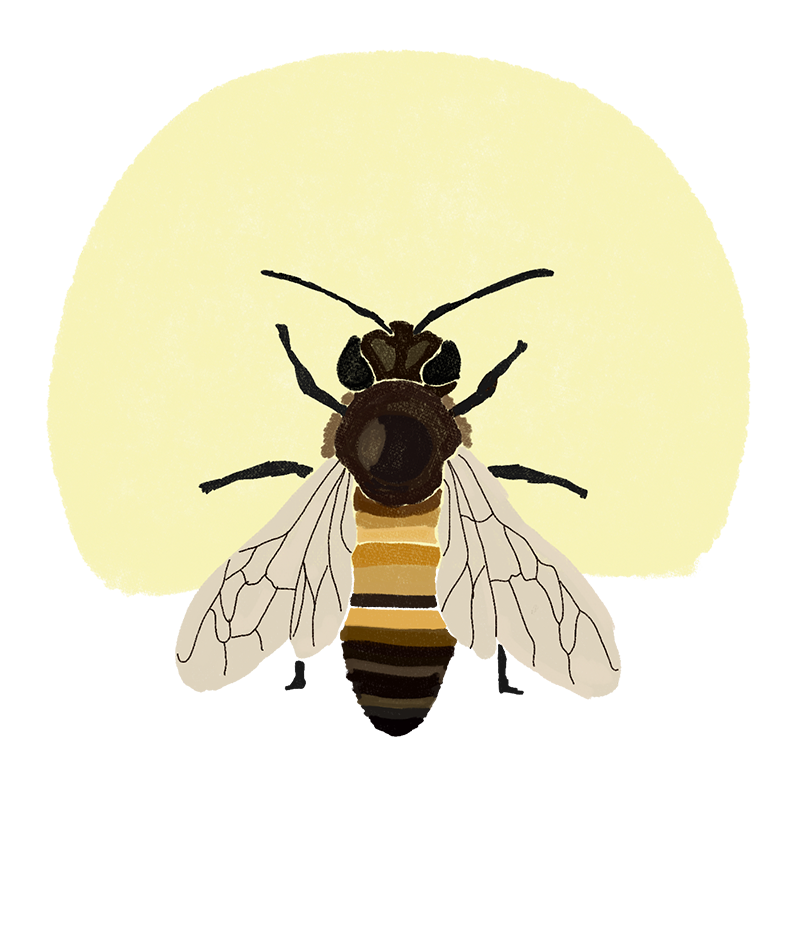
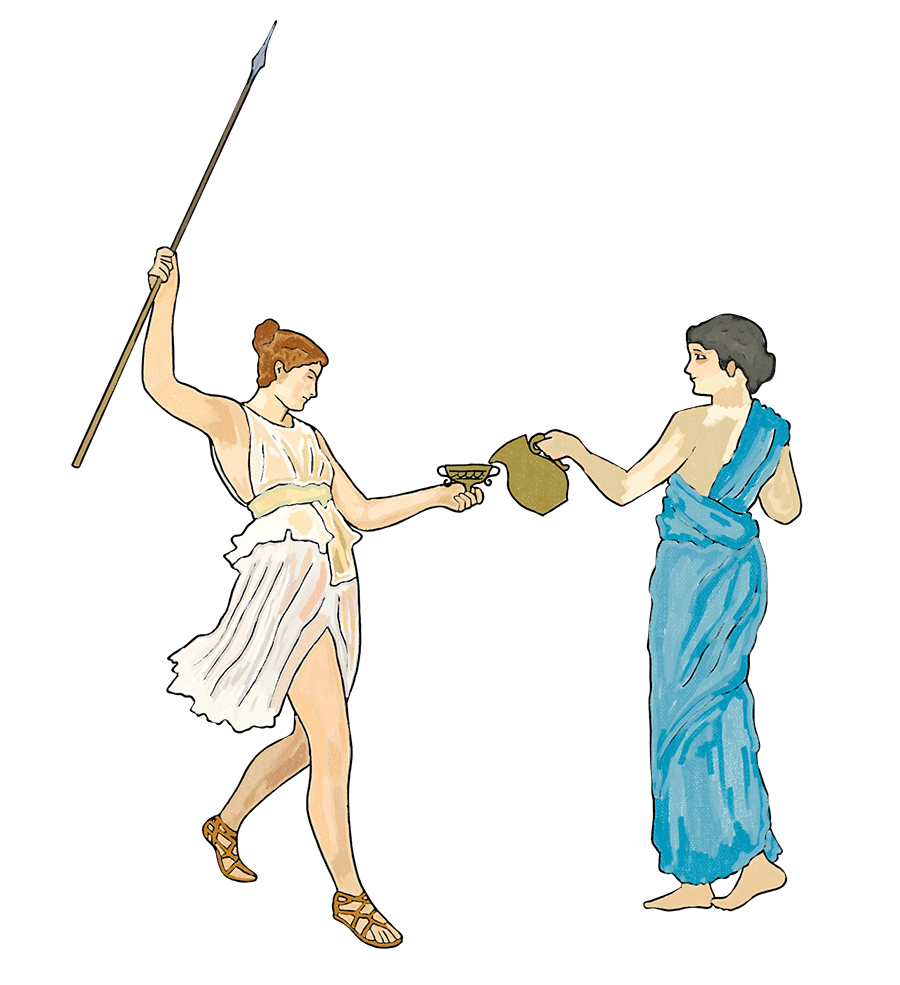
Nectar, from the Latin nectar, and this from the Greek vektap “nektar”, in Greek mythology was the mythology of the gods.
Floral nectar plays a very important role in plant ecology. It is produced in the stamens and petals of flowers to attract pollinating animals.
Nectar is the food of various species, such as hummingbirds, butterflies, and bees. It is the most important raw material for the honey production of the Apis mellifera bee.
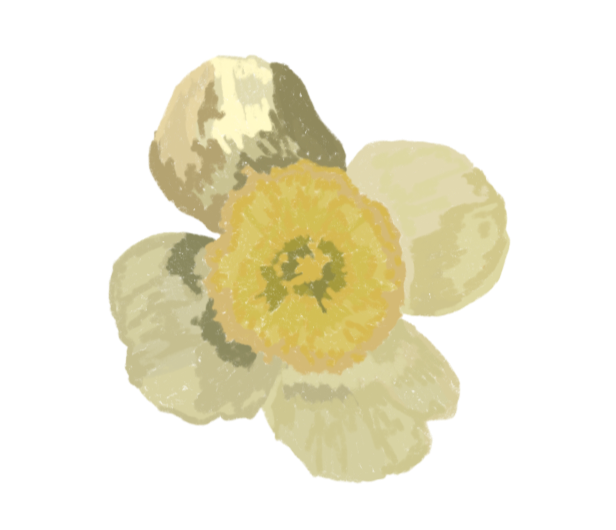
Antonieta: means beautiful like a brave flower. Anthoethas “Anthos” means flower, “Ethos” means character.
Honey: It is a very sweet, yellowish, viscous substance produced by bees by transforming flower nectar in their stomachs. They then expel it through their mouths to fill the honeycombs, serving as food for their young.
Raw: The honey's aroma and flavor are more intense. It hasn't been subjected to high temperatures, so its enzymatic richness and medicinal properties remain intact, preserving its natural antifungal, antibiotic, and antibacterial effects.

Raw honey is extracted immediately from the honeycomb cells inside a beehive.
This honey contains pollen and propolis, both very positive for health.
It may also contain dead bees, legs, wings, wax pieces and other impurities that are filtered out before packaging.
Raw honey cannot be heated above 35 degrees Celsius, which is the normal temperature of the bee hive.
While it's fine to strain raw honey, it's never filtered or pasteurized. It also can't contain any other additives.
Commercial honey is often highly processed and even chemically refined.
Excessive heat can destroy honey's natural enzymes, vitamins, and minerals.
Filtering and processing removes many of the beneficial phytonutrients, including pollen and propolis.
The only way to achieve clear, glossy honey is through heat, so avoid golden, syrupy honey in favor of opaque, organic raw honey.
Commercial honey can be obtained from bees treated with antibiotics or given winter food in the form of sugar or a low-cost, high-fructose corn syrup.
Most honey sold in supermarkets does not contain traces of bee pollen.
The FDA maintains that any honey product that has been ultrafiltered like this is NOT actually honey, and therefore its health benefits cannot be assumed.
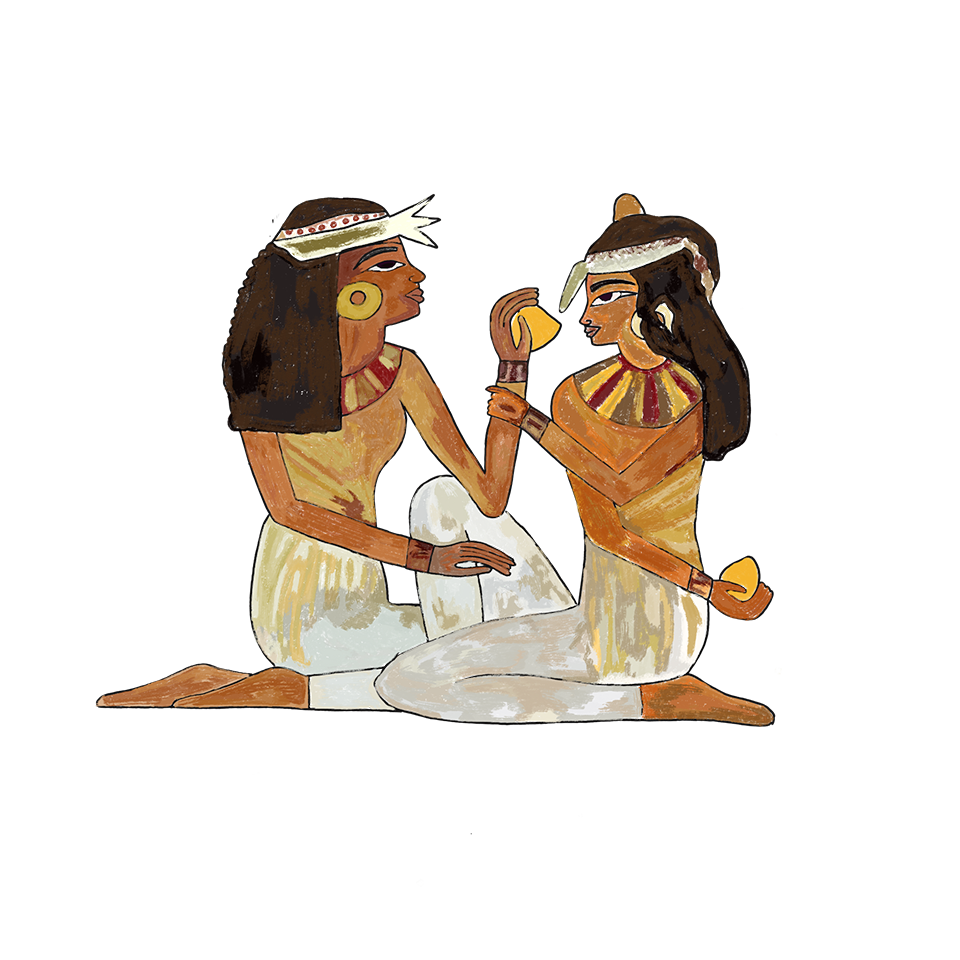
From prehistory, through Ancient Egypt, Classical Antiquity, and Asian culture to the present day, honey and bees have played a very important role in human life.
Honey has been used for both nutritional and health purposes, as well as for mystical and religious significance. Honey was used as a means of purification and cleansing before the gods.
A papyrus from 300 BC tells the story of the god Ra and the origin of bees and goes like this: “The god Ra wept, and the tears from his eyes fell to the ground and turned into a bee. The bee made its honeycomb and took care of the flowers of all the plants, and so wax was made, and also honey, from the tears of Ra.”
Bees were considered sacred because they were a gift from Ra. They were made from his tears, and this gave them not only a valuable aspect for their contribution and attraction to Egyptian society, but they were also theologically important.
